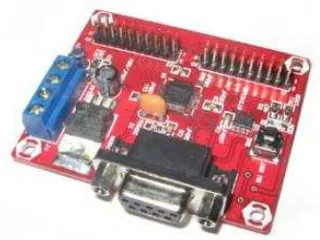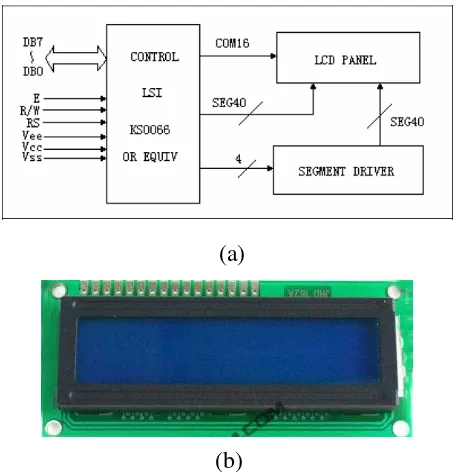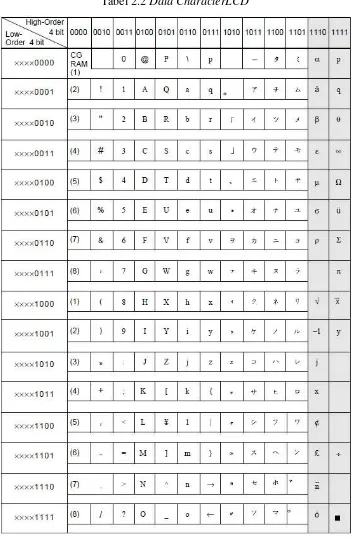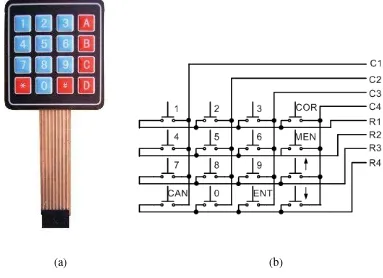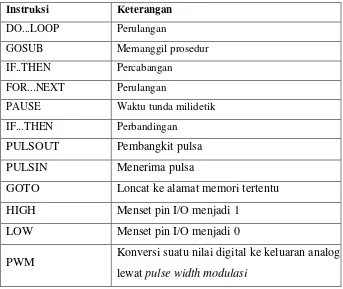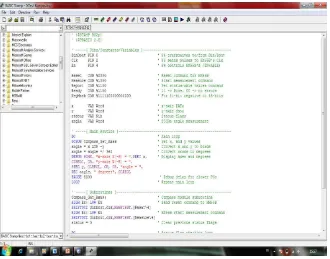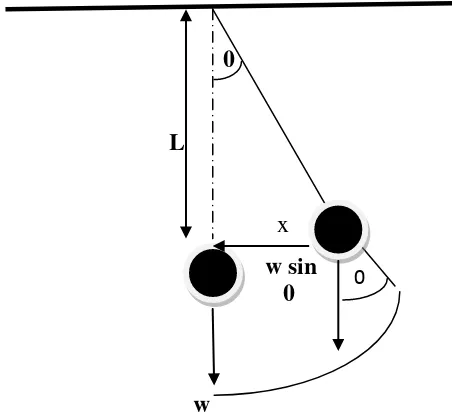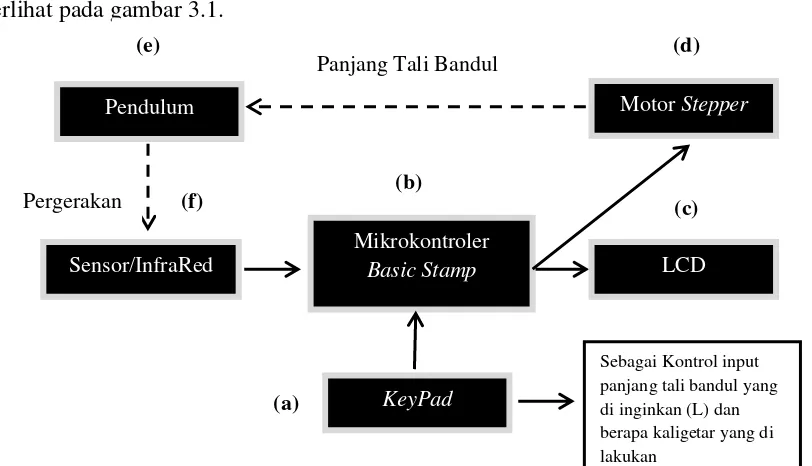Informasi Dokumen
- Sekolah: Universitas Komputer Indonesia
- Mata Pelajaran: Teknik Komputer
- Topik: Pengukur Percepatan Gravitasi Menggunakan Gerak Harmonik Sederhana Metode Bandungl
- Tipe: tugas akhir
- Tahun: 2023
- Kota: Bandung
Ringkasan Dokumen
I. INTRODUCTION
The introduction discusses the background of the study, emphasizing the need for an efficient method to measure gravitational acceleration in the Physics Laboratory at UNIKOM. The traditional manual methods are often subject to human error, particularly in timing and measurement accuracy. The study aims to develop a computerized system that utilizes a simple harmonic motion method with a pendulum, which automates measurements and improves accuracy. This section highlights the importance of practical physics education and the integration of technology in enhancing learning experiences for students.
1.1 Background
This subsection elaborates on the challenges faced in basic physics practical courses, particularly the reliance on manual methods that can lead to inaccuracies. The significance of this study lies in its potential to modernize physics education by providing students with a more reliable and efficient method of measuring gravitational acceleration. By employing a microcontroller-based system, the study aims to reduce human error and improve the overall learning outcomes in physics laboratories.
1.2 Objectives
The objectives of this study are clearly defined, focusing on the design and implementation of an automated gravitational measurement tool based on simple harmonic motion principles. The goal is to assist students in conducting experiments efficiently while minimizing the time spent on data collection and analysis. This section reinforces the educational value of the project by aiming to enhance students' understanding of fundamental physics concepts through practical application.
1.3 Problem Statement
This subsection presents the specific problems addressed by the study, including the limitations of manual measurement techniques and the need for improved accuracy in gravitational acceleration experiments. The formulation of the problem sets the stage for the subsequent development of the proposed automated system, highlighting the relevance of addressing these issues in the context of physics education.
1.4 Scope of the Study
The scope of the study is defined, focusing on the development of a pendulum-based measuring device that utilizes a microcontroller and infrared sensors. This section outlines the boundaries of the research, ensuring that the study remains focused on its primary objectives while providing clarity on the methodologies employed.
1.5 Research Methodology
This subsection describes the research methodology adopted in the study, including literature reviews, interviews, and the design of both hardware and software components. The methodological approach emphasizes the importance of theoretical knowledge in guiding practical implementations, thereby enhancing the educational experience for students engaged in the project.
1.6 Structure of the Report
The structure of the report is outlined, providing a roadmap for the reader to navigate through the various sections. This organization not only aids in comprehension but also highlights the systematic approach taken in addressing the research objectives.
II. THEORETICAL FRAMEWORK
This section delves into the theoretical foundations that underpin the study, including the principles of simple harmonic motion and the mechanics of pendulum motion. It provides a necessary context for understanding how these concepts are applied in the development of the measuring device. The theoretical framework also includes discussions on the hardware components used, such as the Basic Stamp microcontroller and the Liquid Crystal Display (LCD), which are integral to the system's functionality.
2.1 Hardware Components
This subsection provides a detailed overview of the hardware components used in the project, including the Basic Stamp microcontroller, LCD, and infrared sensors. It explains the specifications and functions of each component, emphasizing their roles in the overall system. Understanding these components is crucial for students as it connects theoretical knowledge with practical applications in electronics and programming.
2.2 Software Components
The software component of the project is discussed in this subsection, focusing on the Basic Stamp Editor used for programming the microcontroller. It outlines the key programming concepts and instructions that facilitate the control of the measuring device. This section is valuable for students as it introduces them to practical programming skills relevant in modern physics experiments.
2.3 Least Squares Method
The Least Squares Method is introduced as a statistical technique used to analyze experimental data and derive the acceleration due to gravity. This subsection explains the mathematical principles behind the method, demonstrating its applicability in experimental physics. Understanding this technique is essential for students, as it enhances their analytical skills and prepares them for data interpretation in scientific research.
2.4 Simple Harmonic Motion
This subsection elaborates on the principles of simple harmonic motion, which are fundamental to the pendulum's behavior. It discusses the relationship between the pendulum's length, period, and gravitational acceleration. This theoretical knowledge is vital for students to grasp the underlying physics of the experiments they conduct, fostering a deeper understanding of motion and forces.
III. SYSTEM DESIGN
This section details the design process of the gravitational acceleration measuring device, encompassing both hardware and software aspects. It includes block diagrams, flowcharts, and descriptions of the system architecture, providing a comprehensive overview of how the components interact to achieve the desired functionality. The design process is critical for students to learn about system integration and the practical challenges involved in engineering projects.
3.1 Block Diagram
The block diagram of the system is presented, illustrating the relationships between various components, including the microcontroller, sensors, and display. This visual representation aids students in understanding the overall system architecture and the flow of information between components, which is essential for effective troubleshooting and optimization.
3.2 Mechanical Design
This subsection discusses the mechanical design of the device, including the physical layout and specifications. It emphasizes the importance of ergonomics and functionality in the design process, encouraging students to consider practical aspects when developing experimental apparatus.
3.3 Software Design
The software design process is elaborated upon, detailing the programming logic and flow of operations within the microcontroller. This section is crucial for students to learn about programming methodologies and how software can control hardware to perform complex tasks efficiently.
IV. TESTING AND ANALYSIS
This section presents the testing phase of the developed system, including validation of hardware and software functionalities. It compares the results obtained from the automated system with traditional manual measurements, analyzing discrepancies and discussing potential sources of error. This analysis is important for students to understand the iterative nature of experimental science and the significance of data verification.
4.1 Hardware Testing
The hardware testing phase is described, including the verification of the power supply, keypad, LCD, and infrared sensor functionalities. This subsection emphasizes the importance of thorough testing in engineering projects, ensuring that all components operate as intended before proceeding to data collection.
4.2 Data Analysis
This subsection presents a comparative analysis of the gravitational acceleration measurements obtained through both manual and automated methods. It discusses the accuracy and precision of each approach, providing insights into the effectiveness of the developed system. Students learn the importance of data analysis in drawing conclusions from experimental results.
V. CONCLUSION AND RECOMMENDATIONS
The conclusion summarizes the findings of the study, highlighting the success of the automated measuring device in providing accurate gravitational acceleration measurements. It reflects on the educational implications of the project, suggesting that such technology can significantly enhance physics education by providing students with hands-on experience in experimental design and data analysis. Recommendations for future improvements and potential applications of the device in educational settings are also discussed.
5.1 Summary of Findings
This subsection summarizes the key findings of the study, emphasizing the effectiveness of the automated system in reducing measurement errors and improving the accuracy of gravitational acceleration calculations. It reinforces the value of integrating technology into physics education, enhancing students' learning experiences.
5.2 Future Work
The recommendations for future work include potential enhancements to the device, such as incorporating additional sensors or refining the software algorithms for better data processing. This section encourages students to think critically about continuous improvement in engineering and scientific research.
Referensi Dokumen
- Fisika Dasar Edisi 2 ( Ishaq, Mohamad )
- Modul Praktikum Tim Dosen Fisika-I ( Laboratorium Fisika-UNIKOM )
- Modul Praktikum Elektronika Lanjut-UNIKOM 2011
- Modul Pelatihan Robot Tingkat Dasar ( Divisi robotika UNIKOM )
- Fisika dasar : Mekanika ( Sutrisno )
